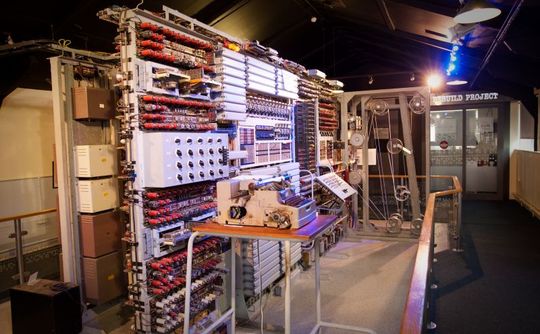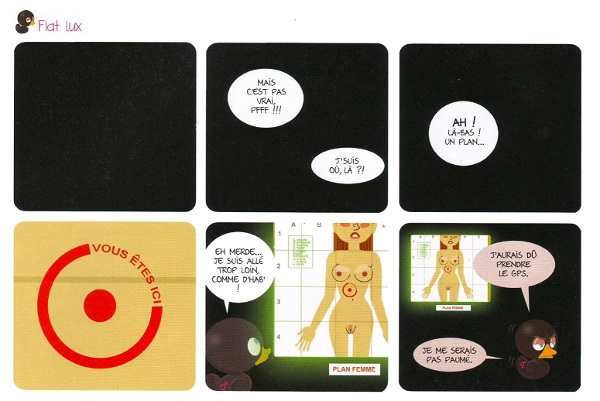What’s that spot on my hand? Oh, it might be ink. Noooo. Oh, it might be blood. Noooo. Oh, it’s probably chocolate. Yeah. It’s chocolate.
Proper Katyism.

The beaver is a proud and noble animal
Notes from a bemused canuck
What’s that spot on my hand? Oh, it might be ink. Noooo. Oh, it might be blood. Noooo. Oh, it’s probably chocolate. Yeah. It’s chocolate.
Proper Katyism.
The Colossus computer that helped decipher German messages during the Second World War celebrates its 70th birthday on Wednesday, as The National Museum of Computing marks its place in IT history. The machine first sprang into life on 5 February 1944 when it was let loose on messages that had been sent by German units and encrypted using the Lorenz machine. The Colossus – designed by engineer called Tommy Flowers who worked for the telecoms division of the General Post Office, which later became BT – was able to crack these codes fast.
It had the ability to read 5,000 characters a second, far in advance of anything else available at that time, and this meant it could take just four hours for it to find the first key in a code, the most important part in any code-breaking. By the end of the war, it is estimated that Colossus had deciphered 63 million characters of German messages, helping shorten the war and save countless lives. Despite this, its existence was kept secret for 30 years after the war.

The machine certainly earned its name: it was huge. It measured 7ft high, 17ft wide and 11ft deep, weighed five tonnes and had 7km of internal wiring.
When Lay’s launched it’s #DoUsAFlavor campaign to crowd-source the next great chip variety, it was pretty much written in the stars that it would be heavily trolled by jokers on the Internet offering ridiculous (and inappropriate) suggestions.
This slideshow requires JavaScript.

In his wildest dreams, Sigmund is a majestic wild duck. Alas, the Almighty has decided otherwise and made him a delicious, vibrating pleasure object. One imagines too fast a thrilling existence, made of enjoyment and pleasure … Error! Sigmund has no luck. Our little friend will then spent his life wondering what his purpose in life is. To assist in his thoughts, his friend Elise, a small cow with a penis-shaped spot, turns out to be the ideal sounding board.




I discovered a new concept today – even though it’s been around for a while now, it’s still new to me :) It’s called Powerpoint Karaoke. It’s a spin-off from the traditional Karaoke, however instead of singing songs, the participants must present an impromptu presentation based on a random presentation, projected on a screen, to an audience. The presentations can come from a sampling of images collected locally or by randomly downloading from the Internet.
The rules:
1. Participants get five minutes to speak
2. The slide decks are made by the facilitator/host
3. The slides auto advance every 15 seconds
4. There are no other rules
5. Audience votes on the winner
You have to play for comedy. There is no way to take the slides seriously since by design they are ridiculous. At best you are making the audience laugh, at worst they watch in silence as you struggle on stage. It’s purely stunt presenting. No one is there to learn or be inspired, at least not directly. There’s an element of wanting to watch cars crash in this event. It’s all in good fun, but also schadenfreudian. There is no way to be good at this. This is liberating. It really is more like experimental theater than anything like a public speech.
Here’s an example of 4 battle decks. Enjoy :)